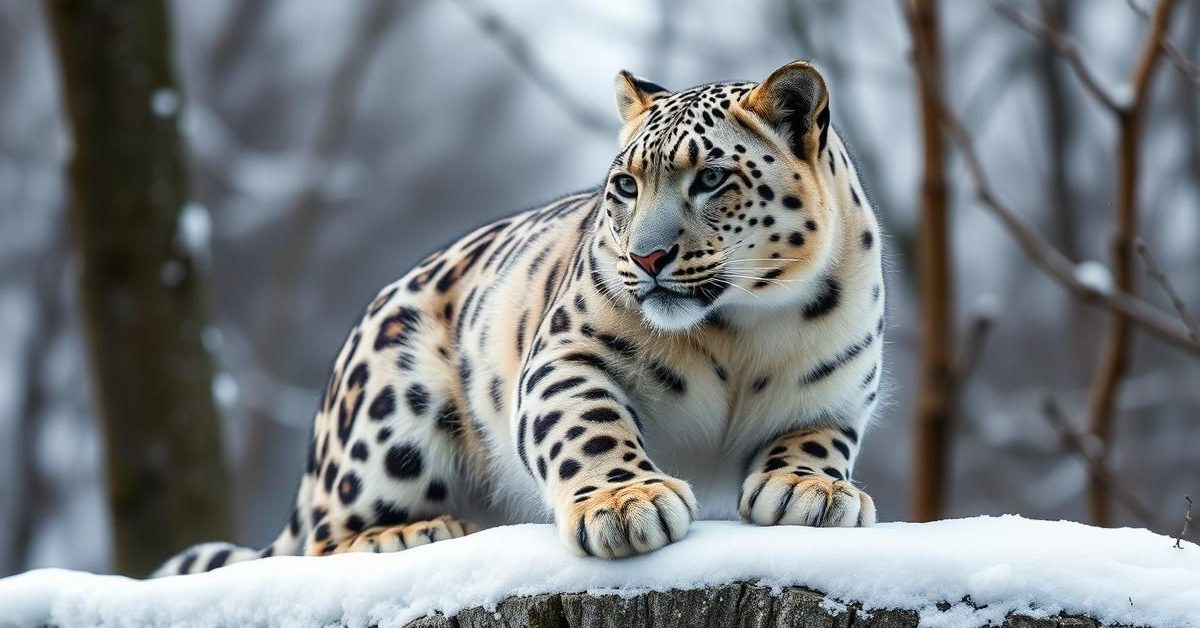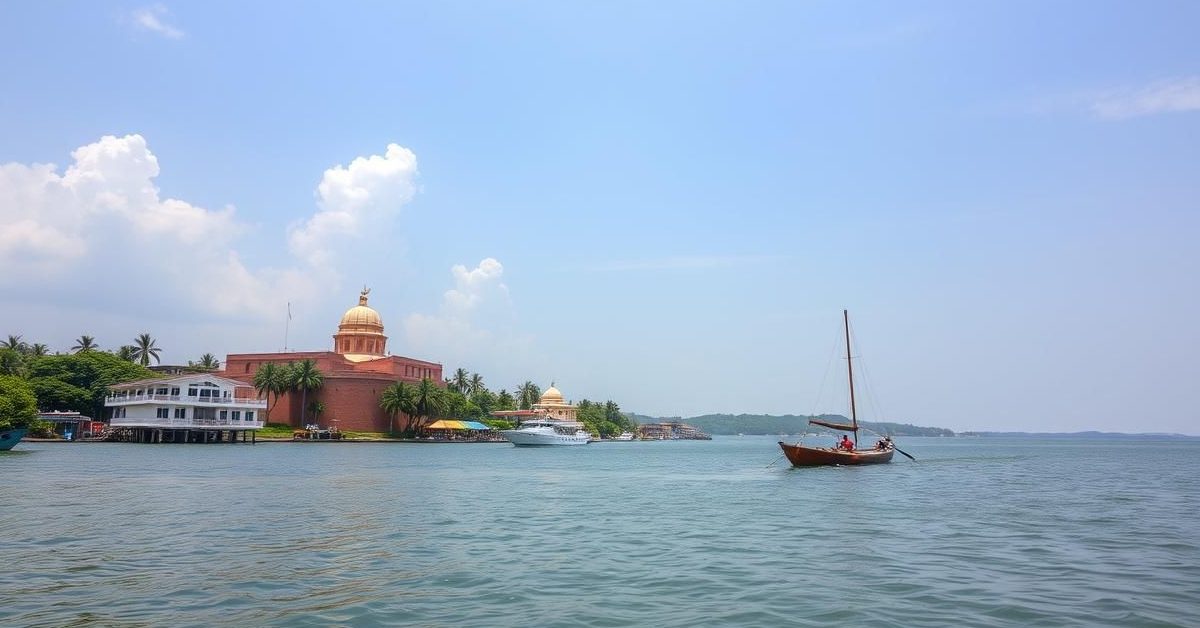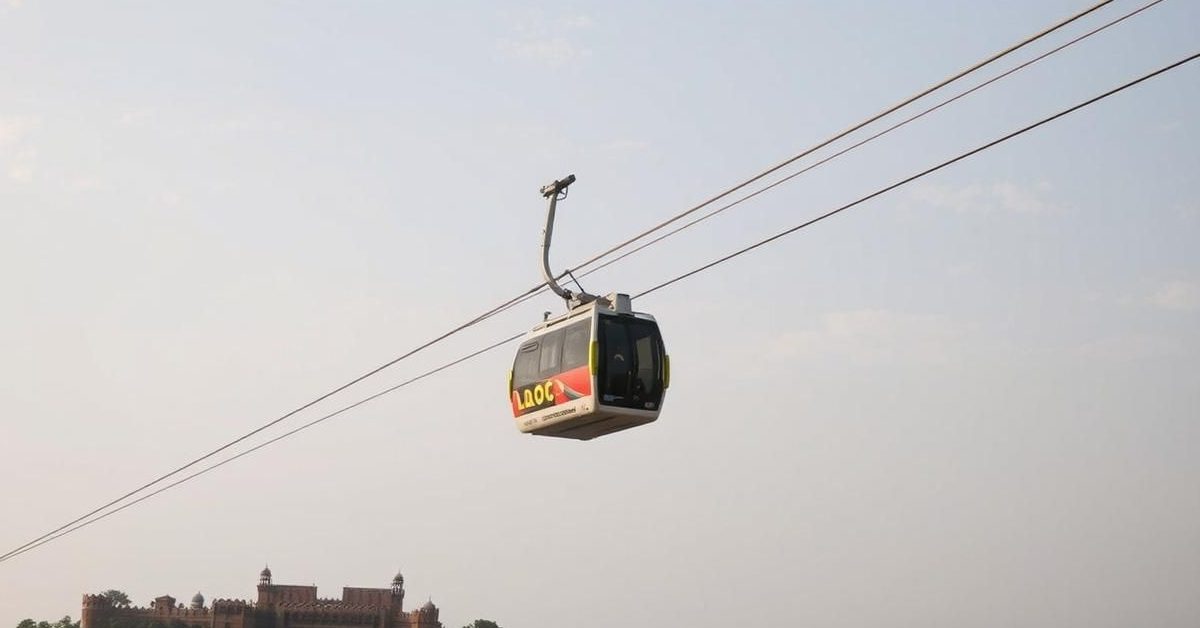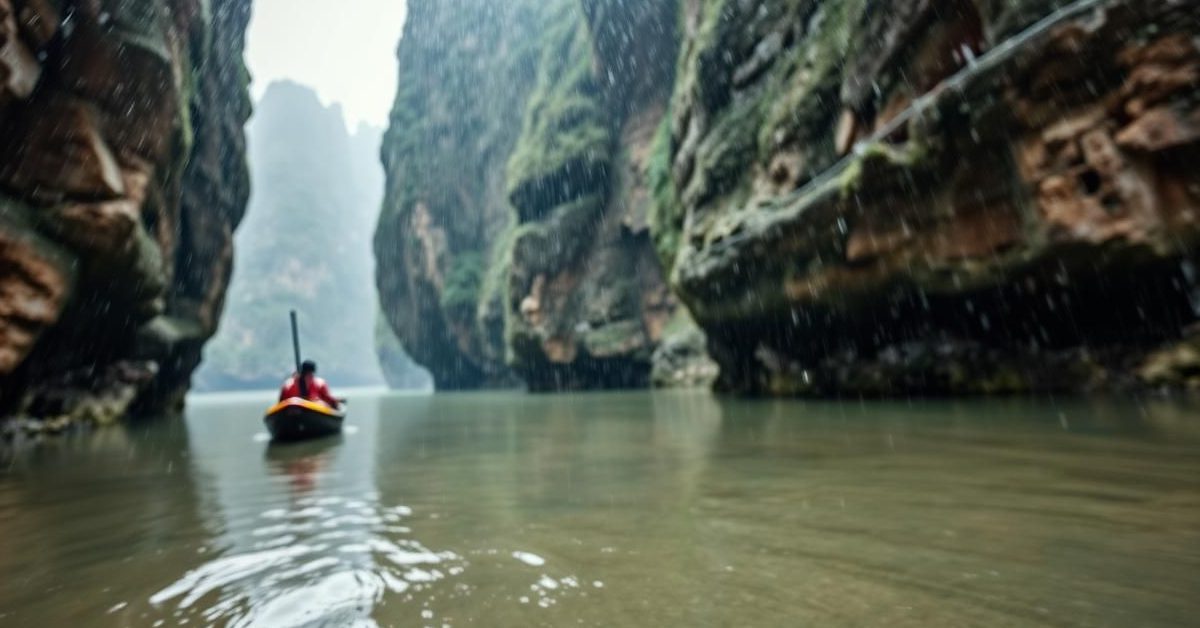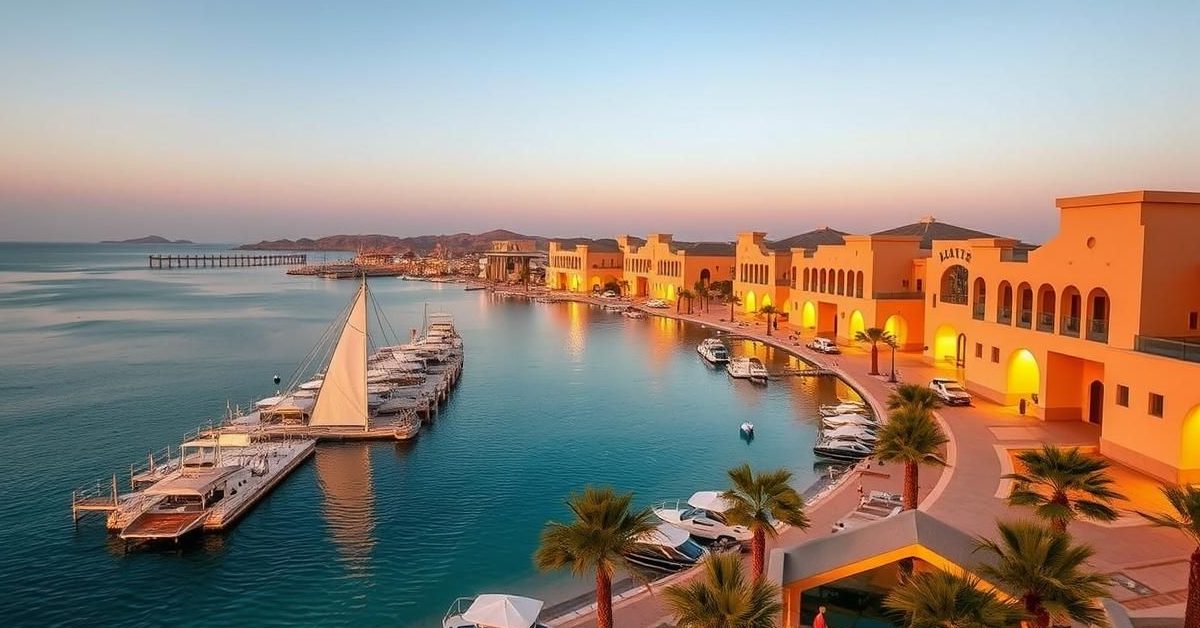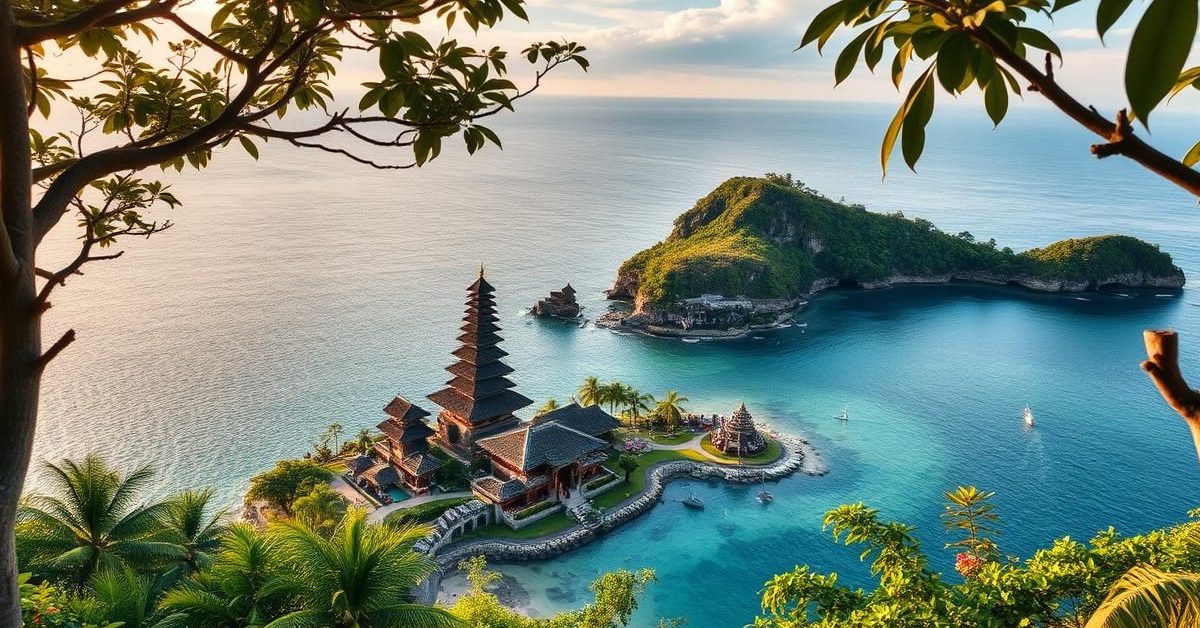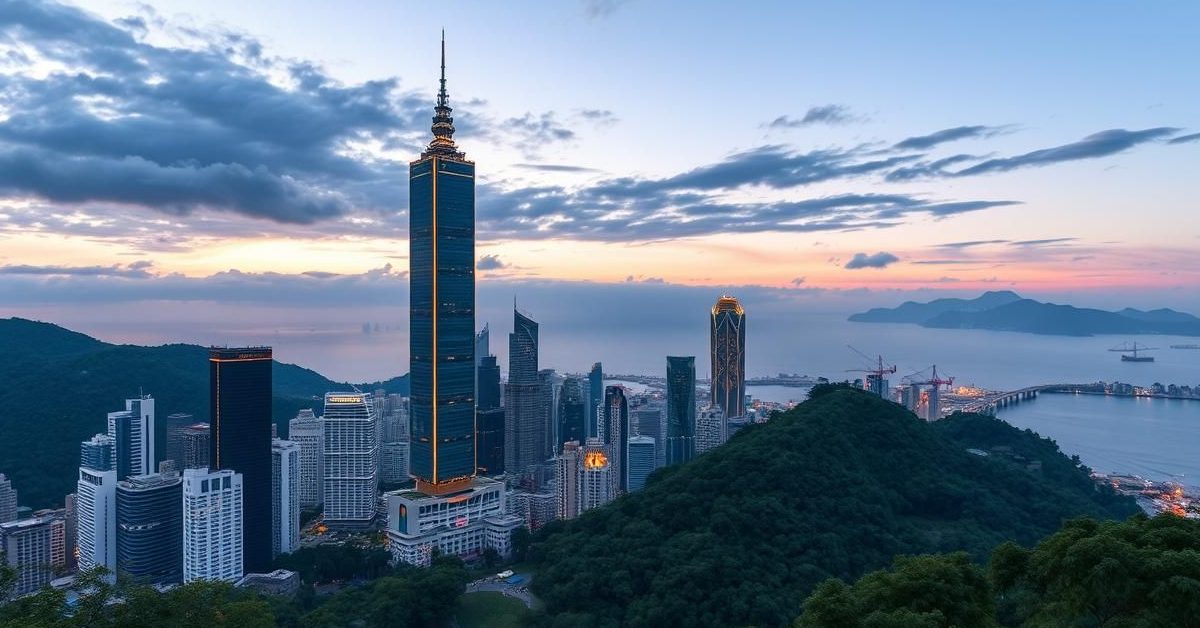Uttarakhand is considering opening Gangotri National Park year-round to boost snow leopard tourism, especially during winter when these elusive big cats are more easily spotted.
Winter’s Secret: Spotting the Elusive Snow Leopard
The state’s tourism authorities have proposed keeping Gangotri National Park (GNP) accessible throughout the winter months. This is a strategic move, as winter is the most favorable season for spotting snow leopards when they descend to lower altitudes.
Officials estimate there are around 50 snow leopards in the GNP area. Traditionally, the park closes in peak winter, missing out on the best viewing opportunities. Opening it year-round could be a “game changer” for winter tourism, attracting wildlife enthusiasts globally.
Learning from Ladakh’s Success Story
The proposal draws inspiration from Ladakh’s Hemis National Park, which already operates year-round and has become a world-renowned hub for snow leopard ecotourism. Hemis successfully attracts visitors even in sub-zero temperatures, showcasing the potential for similar success in Uttarakhand.
Uttarakhand tourism secretary Dhiraj Singh Garbyal confirmed the request to keep the park open, emphasizing the high demand from people eager to see these magnificent creatures. A final decision on this significant proposal rests with the Central government.
Boosting Local Livelihoods and Conservation
Replicating the Hemis model isn’t just about tourism; it’s also about empowering local communities and supporting conservation efforts. In Ladakh, year-round tourism has created new livelihood opportunities through local spotters, homestays, and community-led tracking initiatives.
Uttarakhand aims to achieve similar benefits, ensuring that increased tourism directly contributes to the income of local residents while fostering a greater commitment to wildlife protection.
Broader Initiatives for Adventure Tourism
Beyond snow leopard tourism, the department is also focusing on wider improvements for adventure tourism. Plans include reassessing the carrying capacity of trekking sites and preparing a detailed list. The Adventure Tour Operators Association of India has suggested capping trekkers for better safety and management.
Additionally, officials are evaluating redevelopment plans for key bridges like Sandra and Bhojbasa in Uttarkashi. New directives emphasize prompt reporting of any incidents or accidents during adventure activities to ensure transparency and timely assistance.
Ground-level staff are encouraged to actively participate in managing tourism activities for improved efficiency and emergency handling. Furthermore, all tourism-related events must be communicated to district administrations in advance to ensure proper arrangements and safety protocols are in place.
A crucial coordination mechanism is also being established, involving the forest department, local stakeholders, tour operators, and the Indian Mountaineering Foundation (IMF), all working together to ensure tourist safety during expeditions.
- Uttarakhand plans to open Gangotri National Park in winter for snow leopard tourism.
- Winter is the best season for snow leopard sightings as they move to lower altitudes.
- The initiative is inspired by Ladakh’s successful Hemis National Park model.
- It aims to create local livelihoods and support wildlife conservation.
- Broader tourism reforms include trekking site reassessment, bridge redevelopment, and enhanced safety protocols.
This comprehensive approach could position Uttarakhand as a premier winter wildlife destination, benefiting both its ecosystem and its communities.
